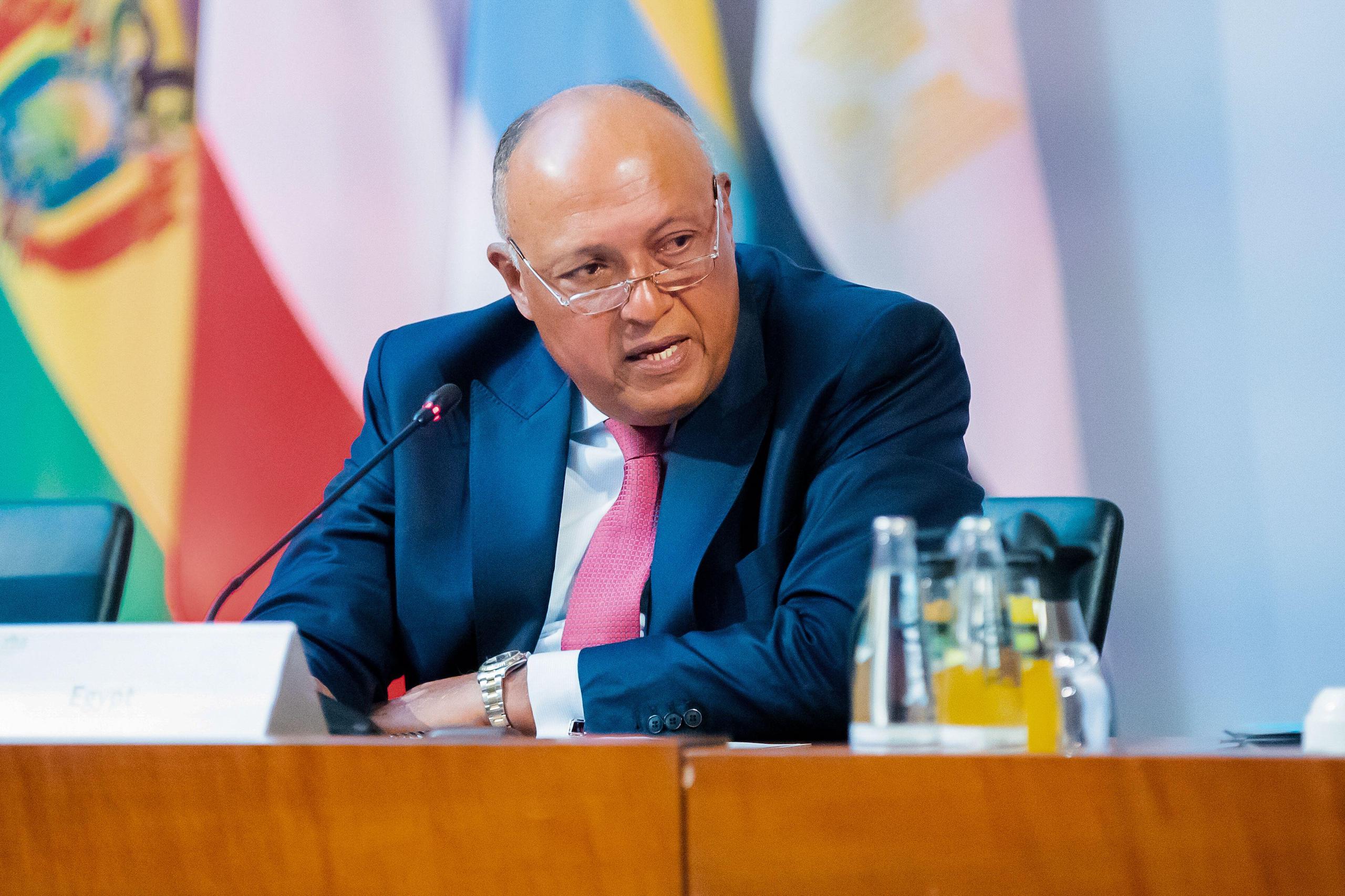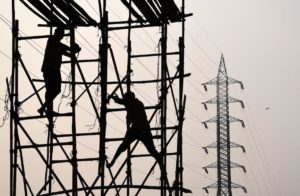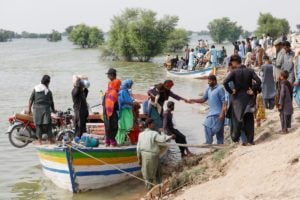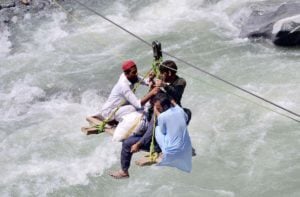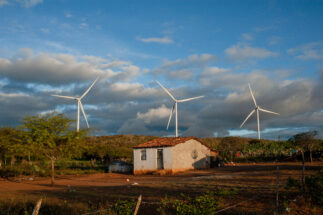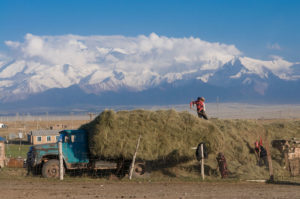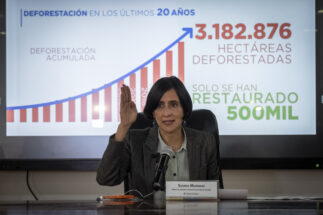The developing world wants financing from the developed world to be the main item on the agenda at this year’s UN climate summit, COP27, which is being held in Sharm El-Sheikh, Egypt. Developing nations want money to help them reduce greenhouse gas (GHG) emissions; to adapt to the impacts of climate change; and most importantly to deal with irreparable loss and damage caused by disasters which climate change is making significantly more frequent and intense.
Developed countries – especially those in Europe – say they have no money, due largely to Russia’s invasion of Ukraine and the consequent rise in energy prices. With some developed economies on the verge of recession, observers do not expect them to put a significant amount of public money on the table to help developing countries deal with climate change.
As a result, hope for a strong outcome from this year’s UN climate summit is perhaps at its lowest in the three-decade history of global climate negotiations.
This comes towards the end of a year that started with warnings from the Intergovernmental Panel on Climate Change (IPCC) that global GHG emissions must halve by 2030 and reach net zero by 2050 if humanity is to avert a level of warming it will be unable to cope with.
A year of dire warnings
The IPCC’s ‘code red’ warning was strengthened by a series of reports in October 2022. The World Meteorological Organization (WMO) reported record levels of the three main GHGs – carbon dioxide, methane and nitrous oxide – in the atmosphere.
The UN Framework Convention on Climate Change (UNFCCC) reported that nations’ current pledges to control GHG emissions (called Nationally Determined Contributions or NDCs) would, even if fully achieved, still fail to keep average global temperature rise within two degrees Celsius as vowed by all countries in the Paris Agreement, let alone the aspirational goal of keeping warming within 1.5C above pre-Industrial Age levels. Instead, it estimated a rise of 2.4-2.6C by 2100. The UNFCCC calculated that developing countries would need USD 5.6 trillion up to 2030 to fulfil even current NDCs.
We gather this year at a critical time of cascading risks and overlapping crisesSameh Shoukry, president of COP27, in an open letter to delegates
Commenting on this in a press release Simon Stiell, executive secretary of the UN Climate Change Secretariat, said: “We are still nowhere near the scale and pace of emission reductions required to put us on track toward a 1.5 degrees Celsius world.”
The UN Environment Programme (UNEP) launched its detailed Emissions Gap Report, which concluded that there is currently no “credible pathway” to 1.5C. UNEP also launched its Adaptation Gap Report, which found that current international financial support for developing countries to adapt to the impacts of climate change is less than one-tenth of what is needed – expected to reach up to USD 340 billion per year by 2030.
The International Energy Agency showed how Russia’s war in Ukraine had derailed GHG emission mitigation efforts, largely due to Europe’s renewed dependence on fossil fuels.
A plea for sense
In the days before the opening of COP27, Sameh Shoukry, Egypt’s foreign minister and president of COP27, wrote a desperate open letter to the summit’s more than 40,000 delegates. “We gather this year at a critical time of cascading risks and overlapping crises, multilateralism is facing a challenge due to geopolitical situations, spiralling food and energy prices, and a growing public finance and public debt crisis in many countries already struggling to contend with the devastating impacts of the pandemic, all of which demand urgent attention,” the letter reads.
“Yet the climate crisis is existential, overriding and ever present, adverse climate impacts are increasing in frequency, intensity and impact … Millions are facing famine, water scarcity, agricultural shrinking, and an intensifying battle against scarcity of resources. With every slightest increment of warming, the impacts will only get worse, with a disproportionate impact on those who are still developing and lack the resources and means to protect themselves through implementing effective climate action.”
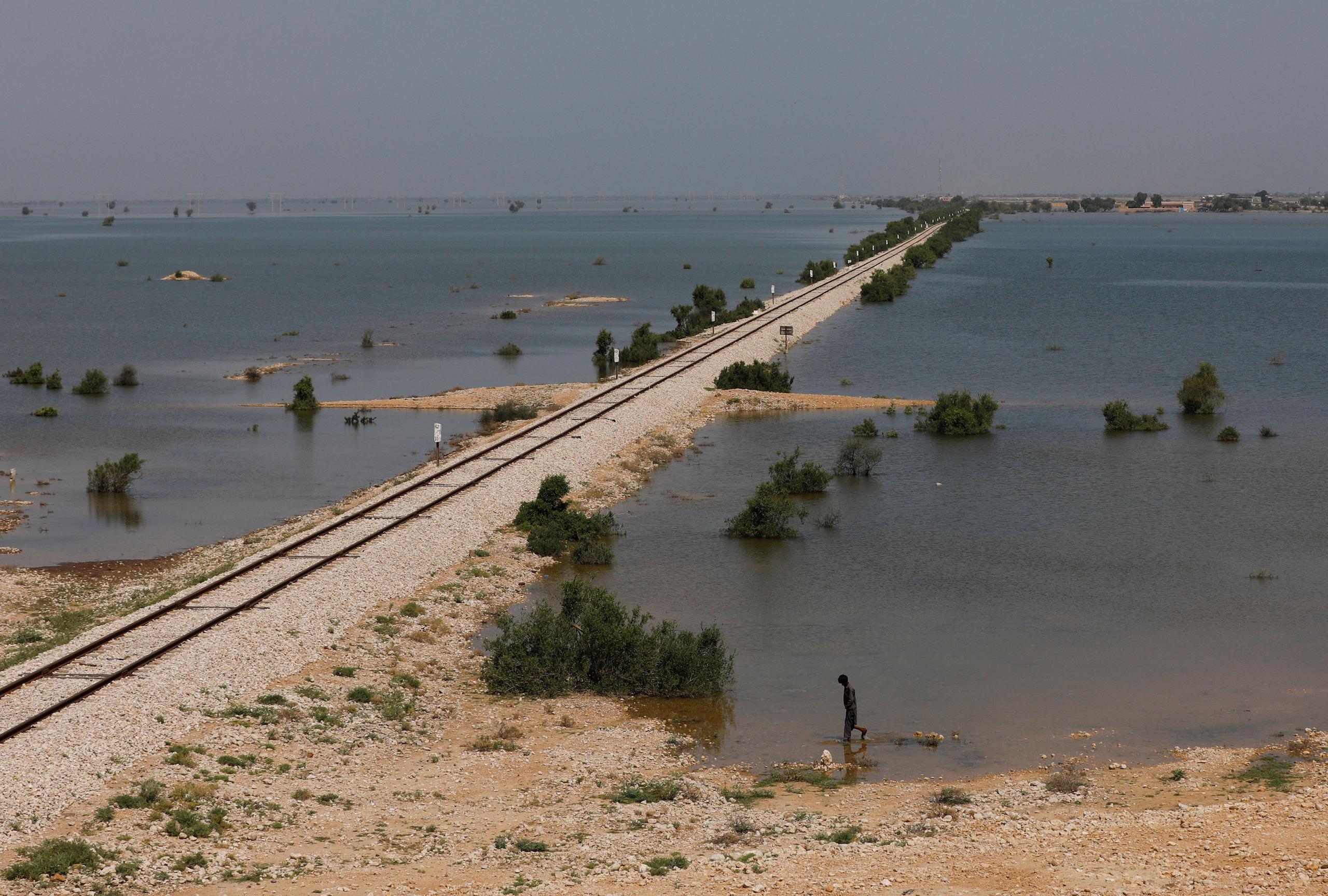
International NGO Oxfam has calculated that an average of 189 million people have been affected by extreme weather-related events every year in developing countries since 1991. Meanwhile, the report finds that “in the first half of 2022 just six fossil fuel companies made enough to cover the cost of major extreme weather- and climate-related events in developing countries and still have nearly USD 70 billion left over in pure profit.”
The COP president’s letter pledges to restore the “grand bargain at the center of the Paris Agreement… whereby developing countries agreed to increase their efforts to tackle a crisis for which they are far less responsible, in return for appropriate financial support and other means of implementation”, before urging all participants to engage in negotiations in way that takes into account “the backdrop of the climate crisis and its urgency”.
A question of money
This year’s devastating floods in Pakistan put the spotlight on the money needed to cope with loss and damage driven by climate change. Rich nations – led by the US – have consistently refused to allow any global financing mechanism to deal with loss and damage to pass at UN climate negotiations, fearing this would lead to compensation suits. This year, developing countries are putting in a concerted effort to launch such a mechanism. The results remain to be seen, but optimism is in short supply.
UN Secretary-General Antonio Guterres said in a recent statement: “COP27 must provide a clear and time-bound roadmap on closing the finance gap for addressing loss and damage. This will be a central litmus test for success at COP27.”
A 2022 study by the London-based think tank International Institute for Environment and Development (IIED) found that in some areas of Bangladesh, households are already spending an average of USD 93 per year to protect against flooding and storms, including on measures like raising floors or building shelters for their livestock.
But funding support for developing countries for mitigation and adaptation has been woefully insufficient. Rich nations are yet to keep their 2009 promise of mobilising USD 100 billion a year by 2020. And now estimates of the money needed is in the trillions of dollars. On where this money could come from, Dipak Dasgupta of the New Delhi-based think tank The Energy and Resources Institute said at a recent webinar: “Most of the money will have to come from private sources, but the public money that developed countries promised is crucial as guarantor of the loans that private finance can provide.” There is also the question of how much of the public money is in the form of grants versus loans.
Poor prognosis of success
The incoming Egyptian presidency has been painfully aware of the gulf between developed and developing countries widening this year, and has convened informal meetings in recent months to seek consensus at COP27. By all accounts, these have failed, as have the G20 environment ministers’ meeting and meetings convened by the International Monetary Fund (IMF) and the World Bank group to mobilise more climate funds.
This is the COP where polluters must be put on the dock and held accountableHarjeet Singh, Climate Action Network International
But observers and activists continue their push. Harjeet Singh, head of global political strategy at Climate Action Network International (a global collective of climate NGOs), said at a press conference in early November: “The test of success for COP27 will be if it responds to the over three billion people living in climate-vulnerable contexts and countries… Rich governments must engage in a constructive manner to address the ongoing injustice of climate-induced loss and damage by committing to deliver support to those being impacted and by phasing out fossil fuels. This is the COP where polluters must be put on the dock and be held accountable.”
Like recent summits, COP27 starts with a high-level segment for the first two days, where heads of government and ministers lay down their expectations and initial promises. Hard-nosed negotiations begin thereafter. COP27 will also hold roundtables on topics including just transitions (to greener economies), food security, innovative finance for climate and development, investing in the future of energy, water security, and the sustainability of vulnerable communities.
Regional expectations
The Pakistan government is expected to play a major role at COP27 in pushing for finance for loss and damage. Its position will be strengthened because this year it holds the rotating presidency of the ‘G77 plus China’, the largest group of developing countries at UN climate summits that conduct negotiations as a bloc.
Bhupender Yadav, India’s minister for environment, forests and climate change, said at a press conference a few days before the start of COP27: “We will seek clarity on climate finance, technology transfer, and clear definitions of what constitutes climate finance. There are several claims made on funds being given by the west but loans and grants must be clearly differentiated.”
